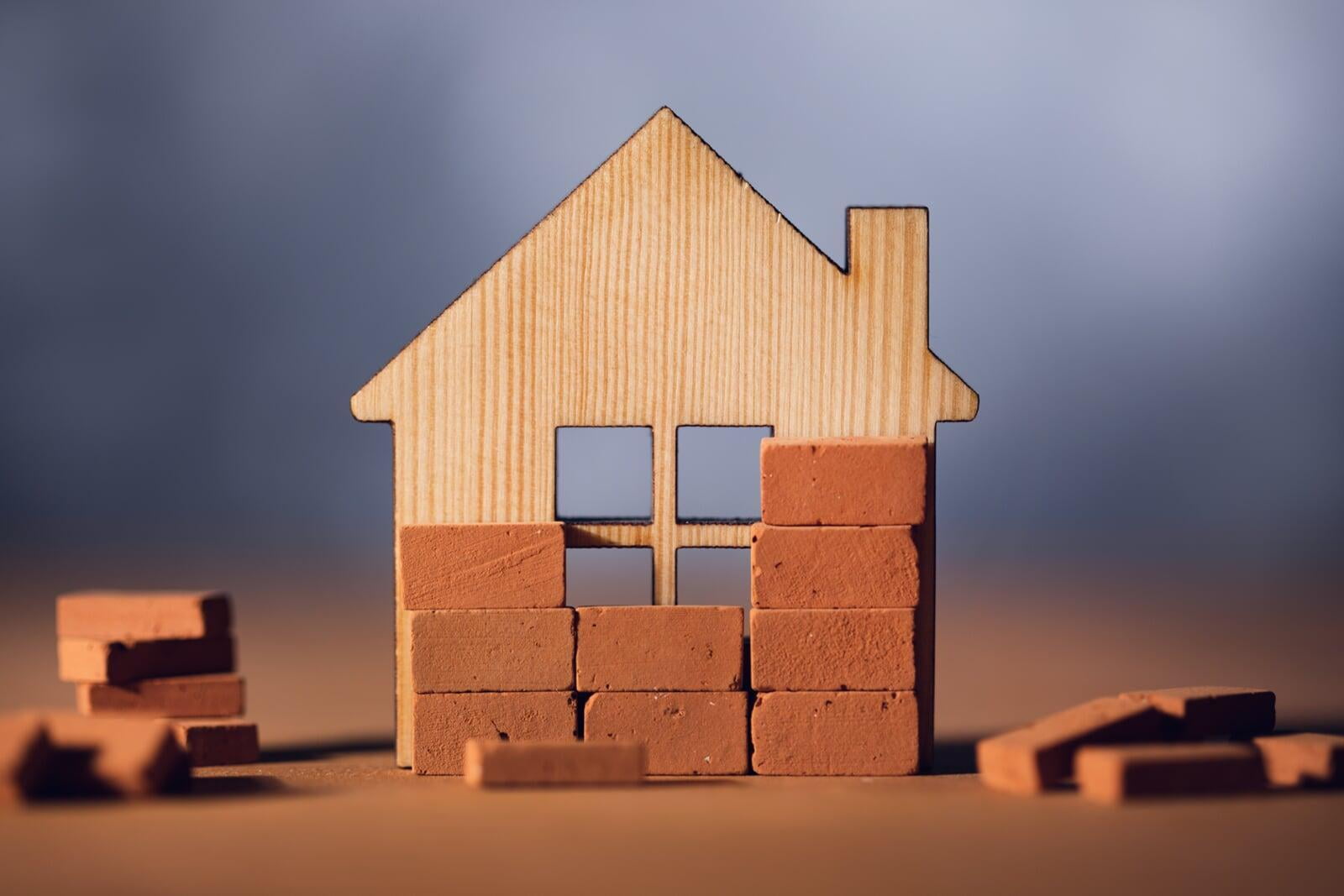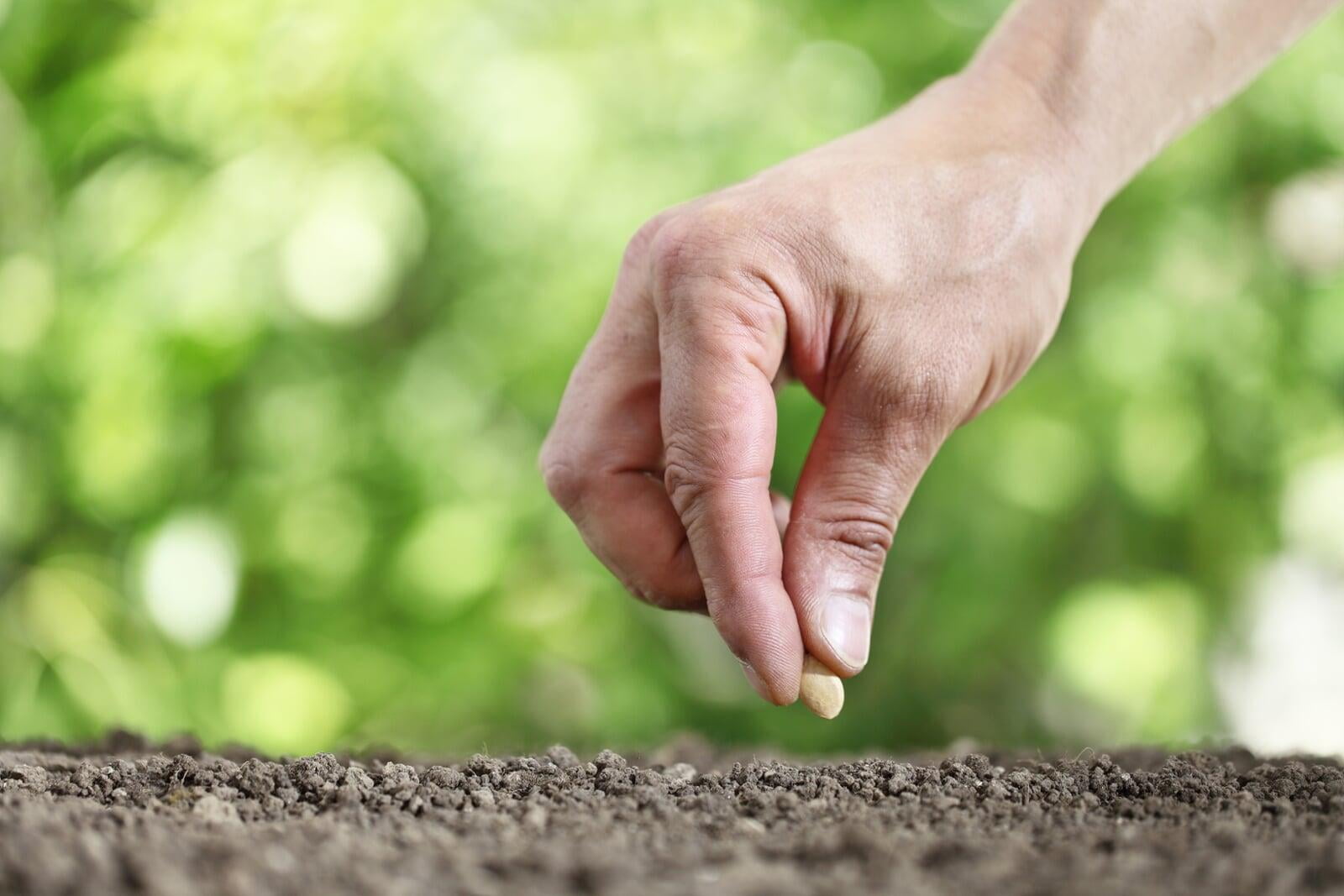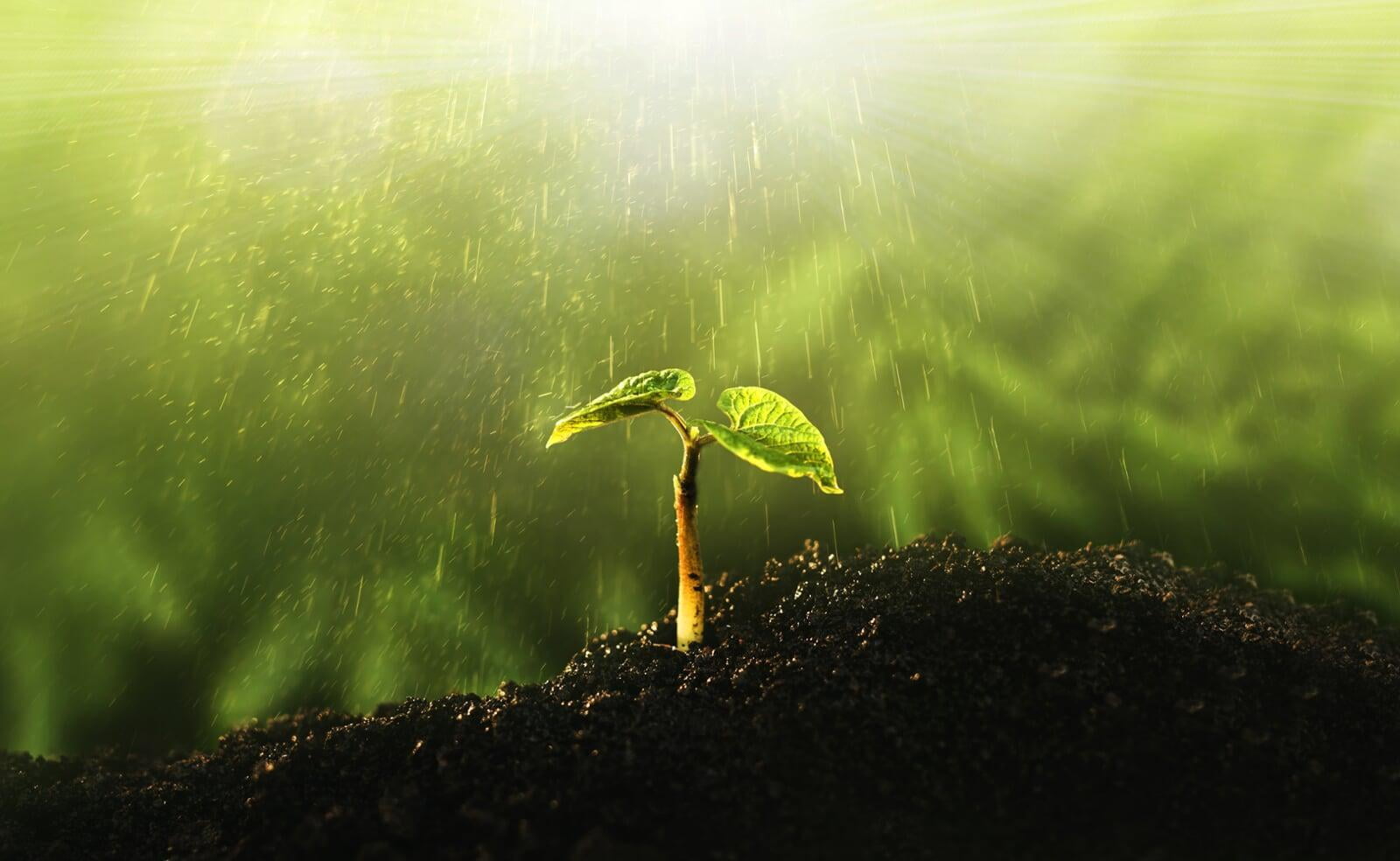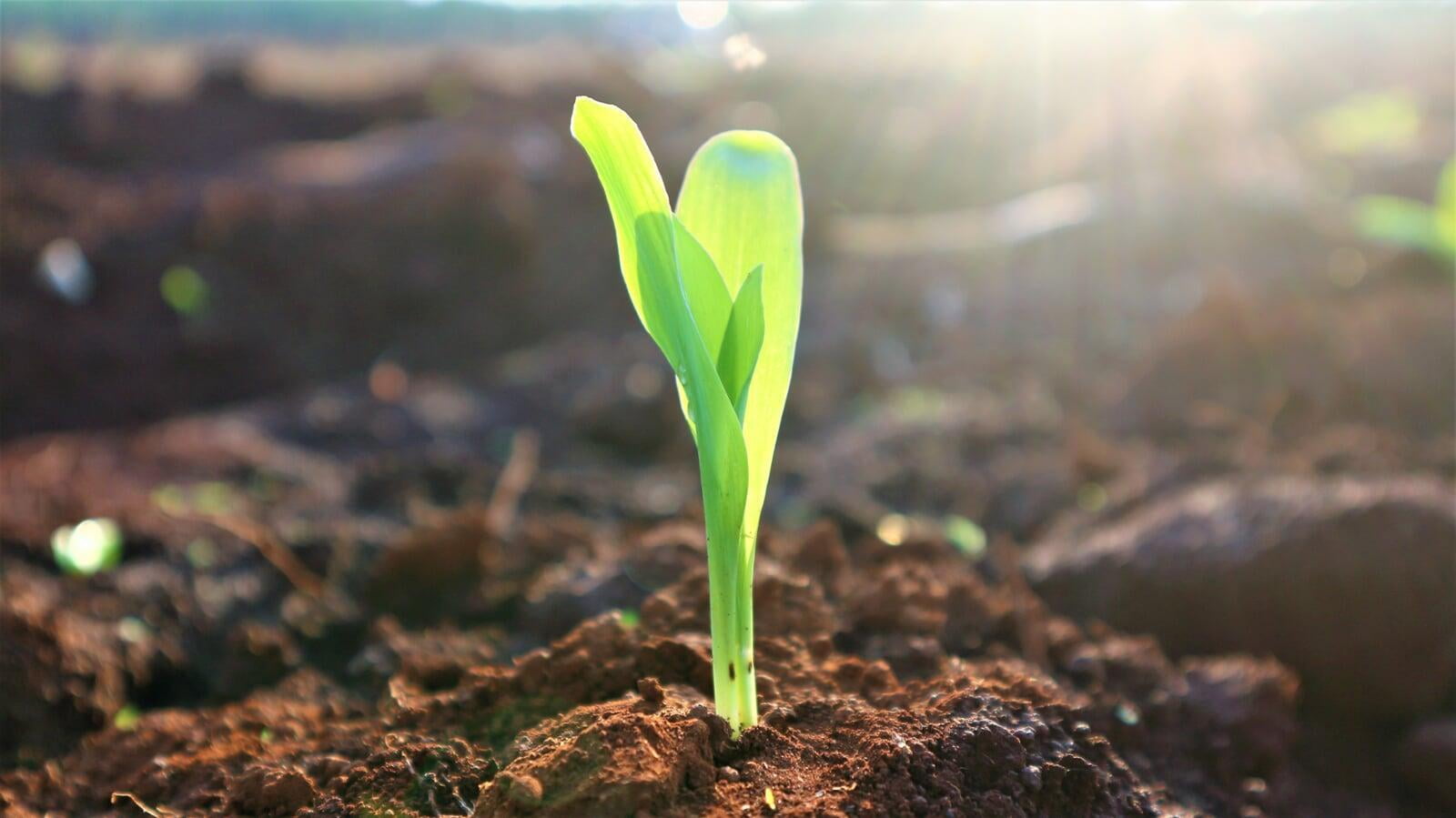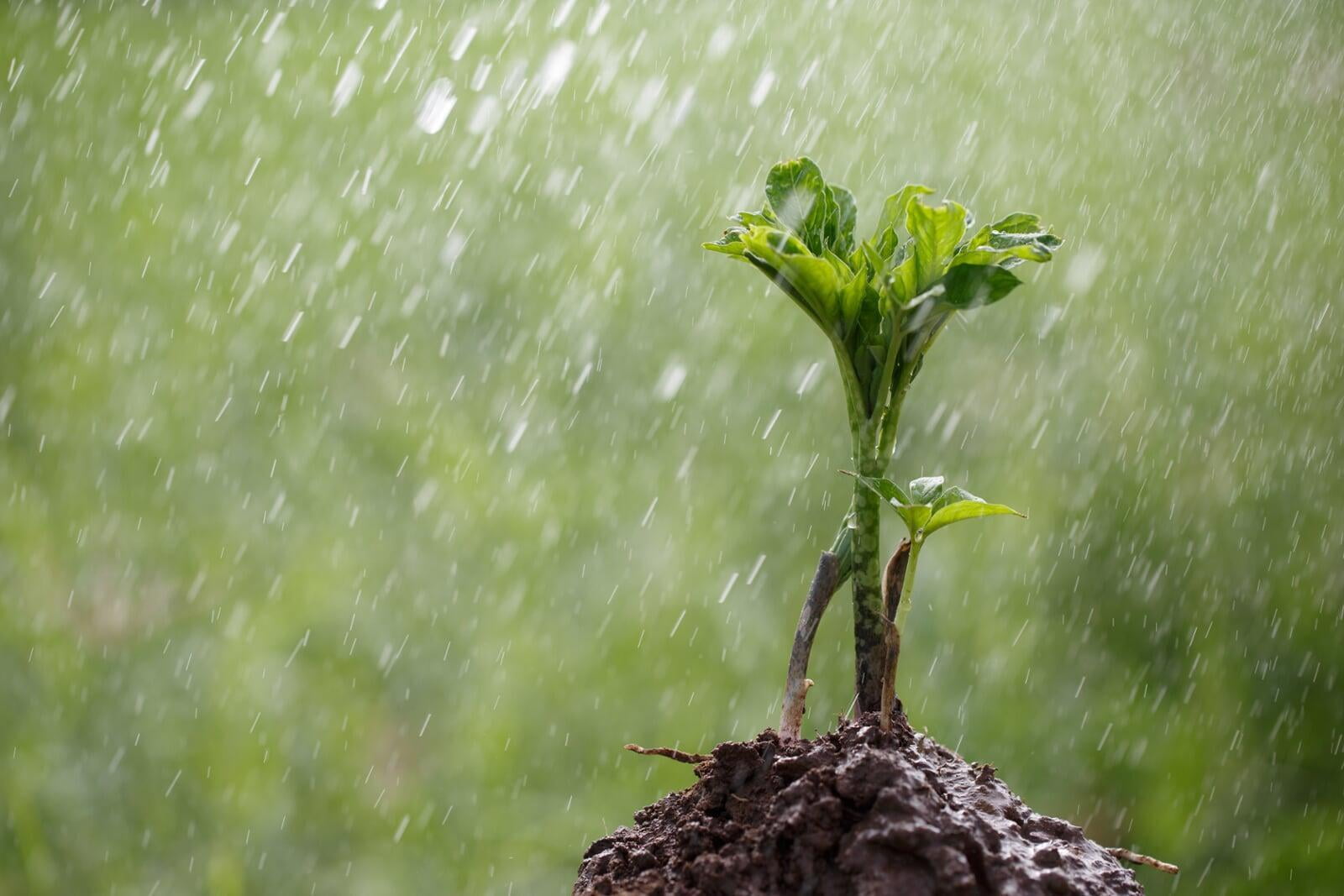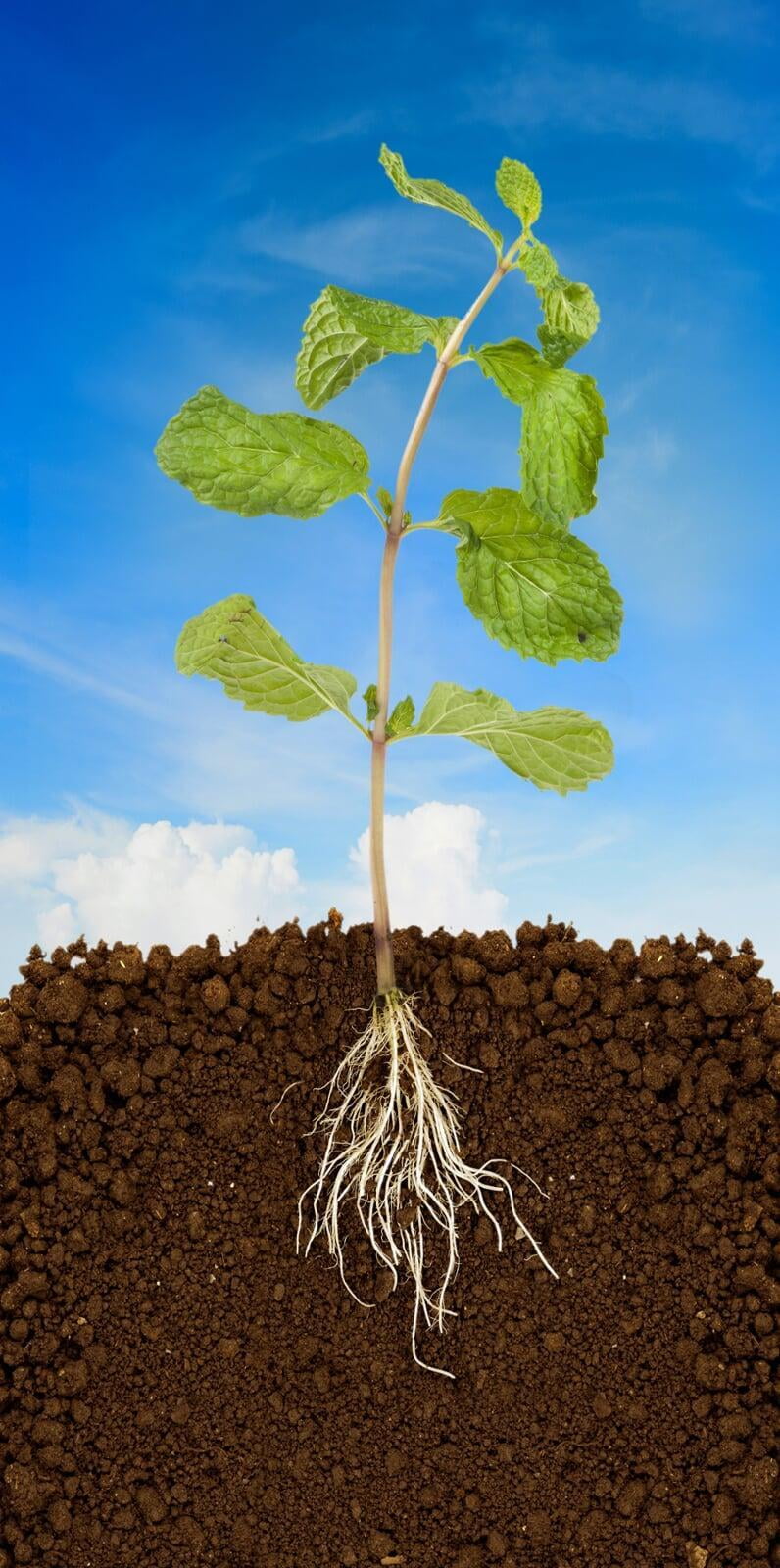Our Approach
In the same way the foundation of a house supports everything we see on the surface, your child's development across specific areas provides the foundation for the skills you see them show.
Our programs are centered on human development and neuroscience research. This is the foundation of every skill we learn, and each of us has learned something from places we’ve been, experiences we’ve had, or people we’ve been around. That journey starts right from our first day of life and continues until our last.
Your Child's Personality
We get to know your child, learn about their interests, and understand what their behavior means to them, to better identify their developmental needs.
Your Child's Environment
We learn about the places your child goes and the people they are with, to better identify the skills they need to be successful and independent in those environments.
Your Child's Experiences
We learn about the things your child does regularly and the things you would like to do with them, to better identify the skills that will help them make the most of those experiences.
The Greenhouse Model
Our programs are designed to understand how your child learns, and to use that understanding to help them develop skills that will serve them well in the different environments they are in. Each level combines all the developmental areas that provide the foundation for the skills your child needs to be independent and successful. These areas are:
- Sensory Development: the way our sense organs (i.e. our eyes, nose, ears, mouth, and skin) learn to take in information from the external environment, convert it to electrical signals, and then send it to our brain to interpret and respond to.
- Emotional Development: the way we learn to identify and manage the physiological changes and sensations in our bodies that we experience because of things that happen to or around us.
- Motor Development: the way we learn how to control and move their bodies in a variety of ways.
- Cognitive Development: the way we learn about what things and people in our environment represent, the relationship between what we do and what happens in our environment, as well as how to interact with the environment in order to cause things to happen.
- Communication Development: the way we learn to create and share messages about what we want, feel, or think with others and how to interpret the messages that others share about what they want, feel or think.
The integration of skills across the developmental areas described above allows children to interact with their environment and to respond in ways that enable them to become independent and find success within their daily activities. When a child has not yet developed a skill that they need to adapt to their environment, even if that skill is controlled by a single area of development, the other areas of development are also affected. This is because each area of development builds on skills from other areas to support your child’s ability to develop as a whole.
The combination of skills from all developmental areas help your child to develop each of the following capacities that serve them well in life:Learning To Be Safe
Safety is both a physical and psychological state of being, which can be described as being free from harm, danger, or injury.
When your child learns to be safe, they:
- learn to identify behavior that is physically safe for them and others.
- learn to identify behavior that is emotionally safe for them and others.
- learn to take actions that keep themselves and others physically safe.
- learn to take actions that keep themselves and others emotionally safe.
Learning To Get Along With Others
Relationships are a crucial part of life.
When your child gets along with others, this means that they can:
- initiate interactions and connect with other people.
- respond to other people when they initiate interactions with them.
- form and keep healthy relationships with other people.
Learning to Learn and Demonstrate Knowledge
This is when your child shows you what they know by understanding and following the rules or expectations for different environments they are in.
When your child learns to learn, they:
- pay attention to and remember information.
- share information with others and adapt their message based on who they are interacting with.
- interpret and analyze information for a specific purpose.
Learning To Build
Your child learns to build by working alone or with others to apply and expand information that they have retained.
When your child learns to build, they:
- create solutions to problems.
- share knowledge that educates others.
- share knowledge that inspires others.
Learning To Maintain
Your child learns to maintain what they have built by adapting to changes in their environment and anticipating changes that may occur in the future.
When your child learns to maintain what they have built, they:
- make concrete plans for the future.
- adjust their plans or goals based on unexpected changes.

